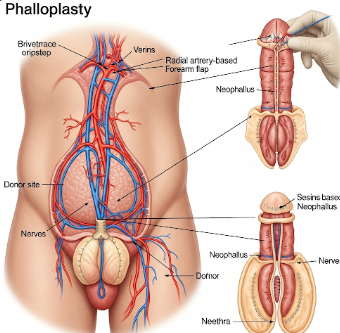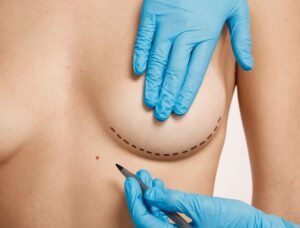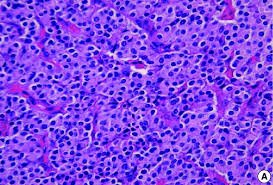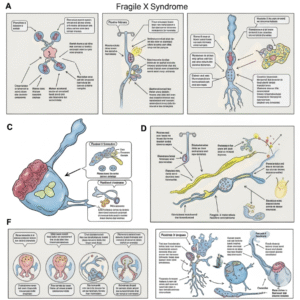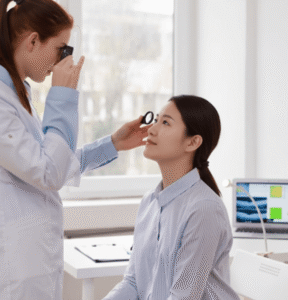Overview
Phalloplasty is a complex surgical procedure to construct or reconstruct a penis, often performed for gender-affirming surgery, congenital abnormalities, or traumatic injury. This procedure aims to restore urinary function, sexual function, and aesthetic appearance.
South Korea offers advanced microsurgical techniques and expert reconstructive surgeons, making it a leading destination for patients seeking safe, functional, and aesthetically optimal phalloplasty.
What is Phalloplasty?
Phalloplasty involves using tissue grafts (flaps) from donor sites such as the forearm, thigh, or abdomen to create a functional penis. Key components include:
✔ Neourethra construction: Allows urination while standing.
➔ Sensory nerve integration: Enhances tactile and erogenous sensation.
● Vascularized tissue transfer: Ensures flap survival and reduces complications.
★ Aesthetic shaping: Creates natural appearance and size tailored to patient needs.
The procedure may include implantation of erectile devices at a later stage for sexual function.
What are the Benefits?
Phalloplasty provides several important benefits:
✔ Restores ability to urinate standing up with a constructed urethra.
➔ Improves sexual function with potential for sensation and later erectile device placement.
● Enhances body image and self-confidence, particularly in transgender men.
★ Reconstructive solution for congenital or traumatic penile loss.
➤ Customizable outcomes regarding size, appearance, and functionality.
Procedure Details
1) How should I prepare for Phalloplasty?
Preparation is critical for safety and optimal results:
✔ Comprehensive evaluation: Physical exam, imaging, and psychological assessment.
➔ Donor site selection: Determine ideal site for tissue flap based on patient anatomy and goals.
● Pre-surgical counseling: Discuss procedure stages, expected outcomes, and potential risks.
★ Medical optimization: Address smoking cessation, comorbidities, and medications.
➤ Lifestyle adjustments: Plan for post-operative recovery, mobility limitations, and wound care.
2) What happens during the procedure Phalloplasty?
Phalloplasty is typically performed in stages under general anesthesia, lasting several hours per stage:
✔ Tissue flap harvest: Donor tissue is carefully removed with associated blood vessels and nerves.
➔ Neourethra creation: Tube is formed to allow standing urination.
● Flap transfer and shaping: Tissue is transplanted to create the penis and attached to local structures.
★ Vascular and nerve connections: Microsurgical techniques connect arteries, veins, and nerves to restore blood flow and sensation.
➤ Closure: Donor and recipient sites are sutured, and protective dressings applied.
3) What happens after Phalloplasty?
Post-operative care focuses on healing, flap survival, and functional recovery:
✔ Hospital stay: Typically 1–2 weeks depending on complexity.
➔ Flap monitoring: Regular checks for circulation, color, and temperature to ensure survival.
● Pain management: Medications for discomfort and swelling control.
★ Urinary catheterization: Temporary catheter for urination during early healing.
➤ Follow-up: Multiple appointments to monitor healing, remove sutures, and evaluate urethral function.
Risks / Benefits
Possible Risks:
✔ Flap necrosis or partial tissue loss
➔ Urethral strictures or fistula formation
● Infection or hematoma
★ Loss of sensation or insufficient erectile function (if device not implanted)
➤ Donor site complications: scarring, weakness, or sensory changes
Major Benefits:
✔ Functional and aesthetic penis reconstruction
➔ Ability to urinate standing up
● Potential for sexual sensation and later erectile device placement
★ Improved self-confidence and body image
➤ Advanced microsurgical techniques reduce complications and improve outcomes
Recovery and Outlook
✔ Initial recovery: 2–4 weeks in hospital for early healing and flap monitoring.
➔ Activity restrictions: Avoid strenuous activity and protect donor and recipient sites.
● Stage completion: Erectile device implantation or cosmetic refinements may follow.
★ Long-term outcome: Restored urinary function, potential sexual function, and enhanced aesthetic appearance.
➤ Follow-up: Regular visits for wound care, urinary function evaluation, and eventual sexual function assessment.
When To Call the Doctor
Contact your doctor immediately if you notice:
✔ Flap discoloration or unusual pain
➔ Fever, chills, or signs of infection
● Difficulty urinating or leakage from urethra
★ Excessive bleeding or hematoma
➤ Donor site complications such as severe pain or abnormal swelling
Best Korea Option / Process
South Korea provides expert phalloplasty care with:
✔ Leading hospitals: Severance Hospital, Samsung Medical Center, Asan Medical Center.
➔ Advanced microsurgical techniques: High success rates in flap survival and nerve integration.
● Experienced reconstructive surgeons: Skilled in both transgender and reconstructive phalloplasty.
★ Comprehensive post-operative care: Flap monitoring, urethral management, and staged functional enhancement.
➤ Medical tourism support: Translation, travel coordination, and post-operative follow-up for international patients.
✅ Highlights:
✔ Phalloplasty reconstructs a functional and aesthetic penis
➔ Restores urination standing up and potential sexual function
● Risks include flap necrosis, urethral complications, infection, or donor site issues
★ Advanced microsurgery in Korean hospitals ensures optimal outcomes
➤ Post-operative care includes staged recovery, flap monitoring, and long-term follow-up

